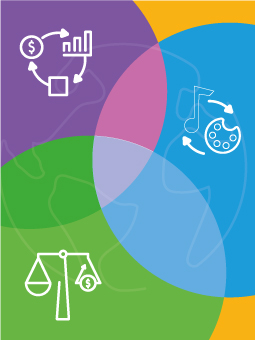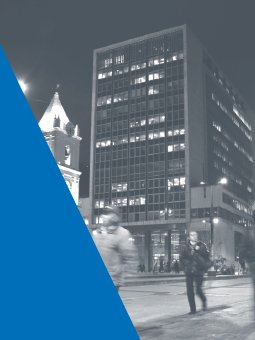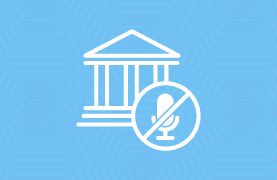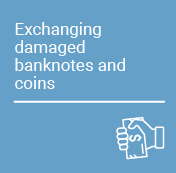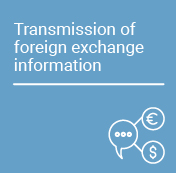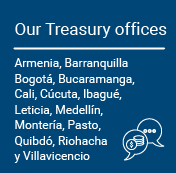The COVID-19 pandemic and the policy response to mitigate its effects resulted in a substantial deterioration in the finances of the Central National Government (CNG). In 2020, the CNG deficit stood at 7.8% of the Gross Domestic Product (GDP), more than three times higher than in 2019. This was due to increased spending to mitigate the effects of the pandemic and a sharp drop in tax revenues due to the contraction of economic growth. The extension of the pandemic into 2021 has required the expansion of spending programs to address the situation, in addition to the Government's strategy to increase public investment in infrastructure to boost economic growth and employment. Therefore, the Financial Plan anticipates an increase in the CNG fiscal deficit to 8.6% of GDP in 2021. The larger fiscal imbalance has been reflected in a significant increase in the CNG's gross debt from 50.3% to 64.8% of GDP between 2019 and 2020. By 2021, the deficit mentioned above could imply an additional significant increase in this indicator.
In the context of this difficult fiscal situation, it has been proposed that Banco de la República (the Central Bank of Colombia) support public finances by means of direct credit to the Government. At first glance, this seems to be an easy and low-cost solution. Therefore, it is important to analyze this proposal methodically in order to understand the risks it involves. To this end, three types of considerations, complementary to each other, should be made: (i) interpretation of the constitutional mandate; (ii) international experience; (iii) pragmatic analysis of its appropriateness.
Regarding the interpretation of the constitutional mandate, the possibility of Banco de la República granting direct credit to the Government was widely discussed by the constituents of 1991. The final decision was to leave it open, but subject to one condition: unanimity of the members of the Board of Directors. This condition was a way of expressing that the mechanism can be used only in absolutely extraordinary conditions where there is no better option. This is clearly not the current situation in which the government has succeeded in obtaining the necessary financing resources. In fact, last year, the National Government opted to pre-finance part of the 2021 requirements by taking advantage of the market window that allowed suitable financial conditions. In this way, net assets were accumulated in 2020 to be used in 2021 (see Financial Plan 2021). Throughout 2021, multiple bond placements have been made in the international capital markets at low interest rates, which have served to finance the large fiscal deficit expected for this year and to replace bonds maturing in the near future, thus extending the duration of the external public debt. The domestic public debt market has maintained an adequate flow of placements of TES (bonds issued by the Colombian Government and managed by Banco de la República), both in Colombian pesos and in UVR (real value units), with which a significant portion of the public deficit is financed. See Financial Plan 2021 (only in Spanish).
"The final decision was to leave it open but subject to one condition: unanimity of the members of the Board of Directors"
In terms of international experience, no advanced country uses direct credit from its central bank to finance the government. Whenever some of these countries have used quantitative easing in the past, monetary authorities have made purchases of government bonds in the secondary market. They were very careful to communicate that the intention of this policy was not to finance the government, but to combat falling inflation and support economic activity. For this reason, the public clearly understood that the origin of the initiative was not fiscal, thus allowing central banks to preserve their credibility and maintain monetary discipline.
Among emerging economies, central bank direct credit to the government is considered a bad practice because it implies subordinating monetary policy to fiscal objectives, which should be governed by a different logic. In Latin America, the main economies with autonomous central banks (Mexico, Brazil, Chile, Peru, and Uruguay) have abandoned this bad practice. A few countries are still using it, but they are getting rid of these direct credits to achieve greater international credibility. In this process, they have had to resort to adjustment programs with the International Monetary Fund (Argentina, Costa Rica). Others, such as Venezuela, have used primary credit as a source of public financing at the cost of facing the total loss of monetary control and hyperinflation processes that destroyed the effectiveness of their monetary system.
Many advanced countries and many emerging economies with autonomous central banks indirectly finance their governments by purchasing public debt instruments in the open market. These purchases are made under monetary policy criteria, i.e., to maintain inflation around the target, support sustainable economic growth, and contribute to the preservation of financial stability. This is also what Colombia has done. In 2020, for example, the monetary base was partly expanded through the purchase of TES in the secondary market, together with other sources of monetary issuance, such as the delivery of profits to the government. All these mechanisms contributed significantly to financing the fiscal imbalance without being detrimental to the credibility of monetary policy and the general framework of Colombian economic policy.
Finally, a pragmatic analysis as well as of its convenience should notethat the National Government has built reputation and credibility on its debt after many years of compliance and fiscal prudence. Many institutional investors from the rest of the world, including pension funds, investment banks, and mutual funds, purchase bonds issued by the Colombian Government and thus contribute to cover the financing needs that cannot be covered by current tax revenues. In the local public debt market, confidence and credibility in debt sustainability have been equally important. Hundreds of thousands of Colombians invest in TES directly, through financial intermediaries, or with their pension funds. In the local capital market, the TES is considered a safe asset and, therefore, has the lowest interest rate in the market. Additionally, today, 25% of the TES balance is in the hands of foreigners, who tend to over-demand their issuing.
Under these circumstances, resorting to direct credit with Banco de la República would have a high cost in terms of credibility for the Central Bank and for the Government, which could substantially increase the cost of public debt or limit the Government's access to such financing. The COVID crisis and support for a more equitable society have costs that need to be borne by the wealthiest sectors of society through taxation. If this is not done and the aim is to cover these costs with issuance, a serious dependence of monetary policy on fiscal policy could arise, eventually leading to inflationary processes or macroeconomic crises, whose costs are typically paid by the most vulnerable members of society.








